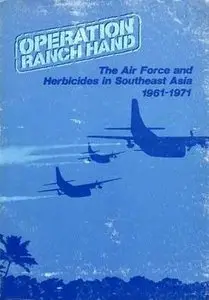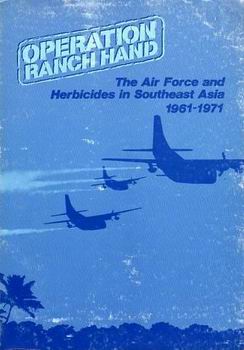Operation Ranch Hand: The United States Air Force and Herbicides in Southeast Asia, 1961-1971
Office of Air Force History | 1982 | ISBN: 1508644462 | English | 266 pages | PDF | 25.4 MB
In 1961, President Ngo Dinh Diem of South Vietnam asked the United States to conduct aerial herbicide spraying in his country. In August of that year, the South Vietnamese Air Force initiated herbicide operations with American help. The request by Diem launched a debate in the White House and the State and Defense Departments. On one side were those who viewed herbicides as an economical and efficient means of stripping the Viet Cong jungle of cover and food. Others doubted the effectiveness of such a tactic and worried that such operations would both alienate friendly Vietnamese and expose the United States to charges of barbarism for waging a form of chemical warfare. Both sides agreed upon the propaganda risks of the issue. In November 1961, President Kennedy approved the use of herbicides, but only as a limited experiment requiring South Vietnamese participation and the mission-by-mission approval of the United States Embassy, the Military Assistance Command Vietnam, and South Vietnam's government. Operation Ranch Hand, the designation for the program, began in January 1962. Gradually, limitations were relaxed; the spraying became more frequent and covered larger areas. The Air Force used C-47s and C-123s equipped to spray herbicides for the defoliation missions. By the time Ranch Hand ended nine years later, some 18 million gallons of chemicals had been sprayed on an estimated 20 percent of South Vietnam's jungles and 36 percent of its mangrove forests.



